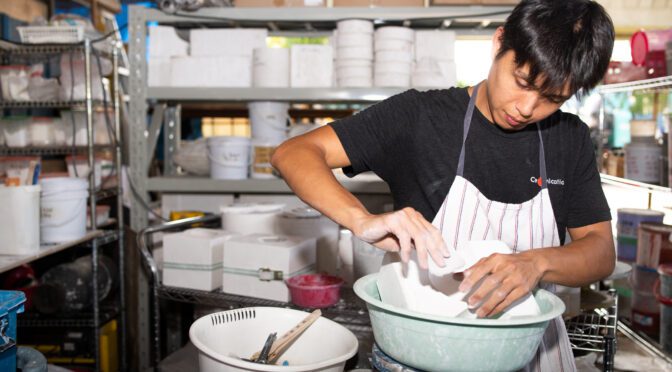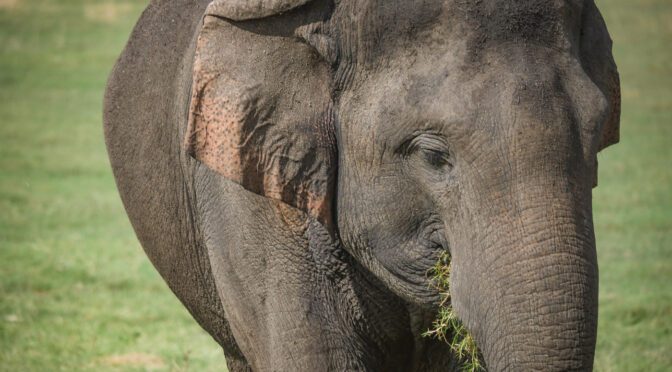I ventured deeper and deeper into the heart of a limestone cave in Waitomo, thankful for the lights illuminating the narrow passageway. Sticky fishing lines like diamond necklaces fell freely from stalactites, delicate they looked but deadly they were: a festooned trap for insect preys; the glowworms’ sustenance. My guide of Māori descent stopped Jolyn, my tour mate, and me in our tracks, before stealing away to switch off the lights. The sudden heft of the silence and blackness, which blotted from view my companions, weighed heavily on me. The zephyr kissing my cheeks was a cold touch.


